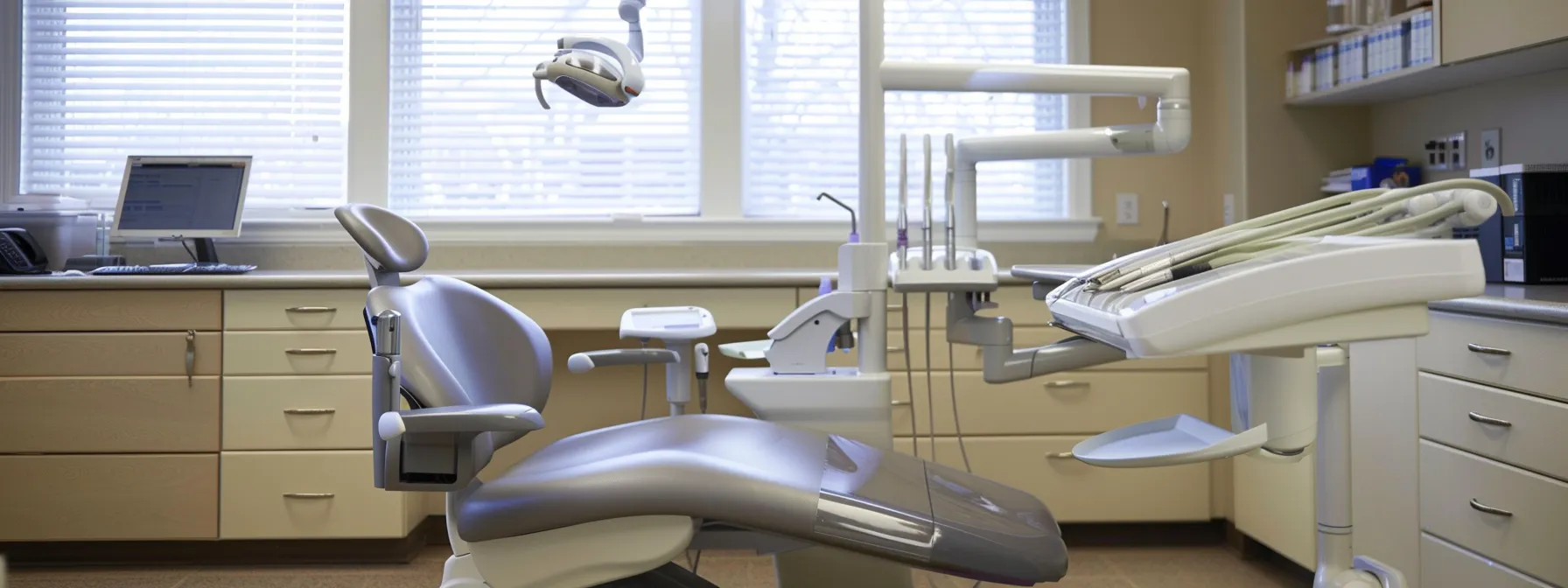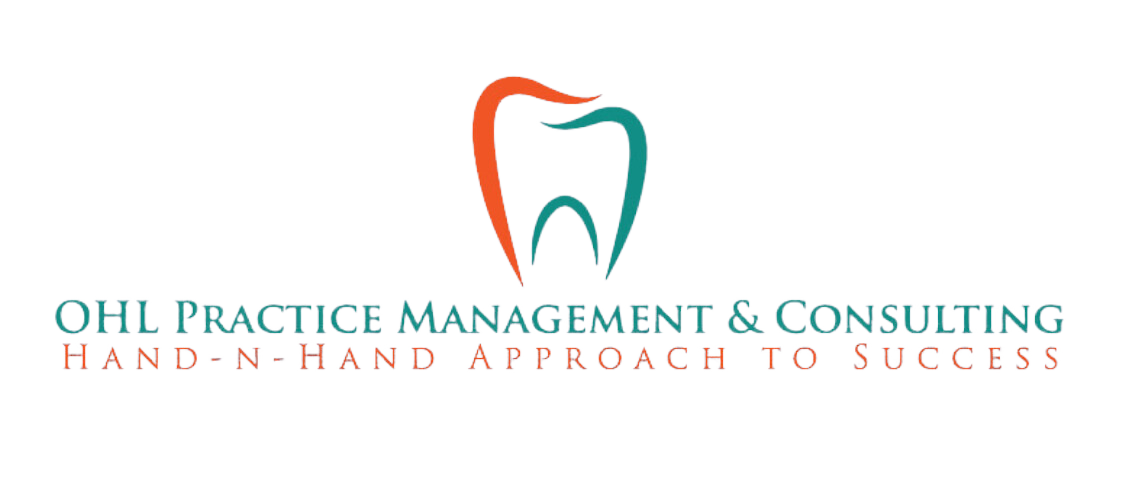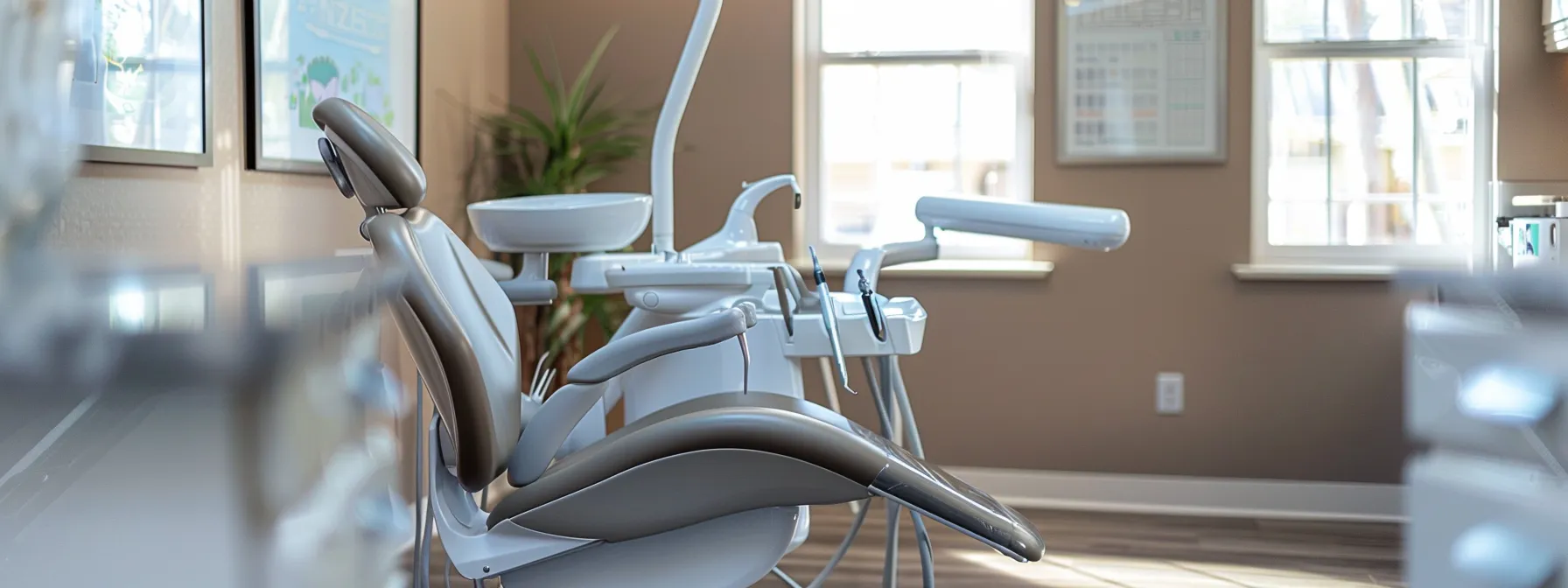Effective Strategies for Dental Sleep Medicine Management
Are you struggling to navigate the complexities of dental sleep medicine management? Many dental practices find it challenging to meet patient needs effectively. This post will explore key strategies for success, including understanding patient requirements and implementing evidence-based practices. Readers will learn how to enhance patient education and monitor treatment plans, alleviating the common risks associated with poor management. By diving into these insights, dental teams can improve outcomes and streamline their processes in this critical area of care.
Key Takeaways
- Dental sleep medicine provides tailored therapies for better management of sleep disorders
- Comprehensive evaluations are key to understanding and treating conditions like sleep apnea
- Collaboration between dental and medical professionals enhances patient care and treatment outcomes
- Engaging patients through technology promotes adherence to treatment plans and improves health outcomes
- Continuous follow-up and adjustments based on patient progress are essential for effective therapy
Understanding Dental Sleep Medicine Management

dental sleep medicine focuses on managing conditions like sleep apnea through the use of oral appliances. Emphasizing patient-centered care, practitioners tailor therapies to individual needs. Key areas covered include the evolution of dental sleep medicine, the role of prosthodontics, and how specific mouth therapies contribute to better health outcomes, enhancing overall patient experiences. Patients can request appointment to learn more about these therapies.
Defining the Scope of Dental Sleep Medicine
The scope of dental sleep medicine evolution incorporates a comprehensive evaluation of conditions like snoring and sleep apnea. Practitioners assess the role of the tongue and its positioning, which can significantly impact airflow during sleep. Notably, physical therapy and targeted interventions for temporomandibular disorders (TMD) can complement oral appliance therapies, providing patients with multiple avenues for achieving better sleep quality. Patients can request appointment to explore these treatment options.
- Importance of a thorough evaluation of sleep disorders
- Impact of tongue positioning on airflow and snoring
- Role of physical therapy in conjunction with dental treatments
- Addressing TMD for improved oral health and sleep quality
Importance of Patient-Centered Care
In dental sleep medicine, focusing on patient-centered care is vital for improving the quality of life for individuals dealing with sleep disorders. By thoroughly understanding each patient’s unique situation, including jaw positioning and its effect on their mandible, practitioners can provide tailored treatments that alleviate discomfort and pain. This personalized approach not only addresses specific needs but also empowers patients to take an active role in their health, leading to more effective management of their sleep issues.
Key Conditions Treated in Dental Sleep Medicine
In dental sleep medicine, key conditions treated often include sleep apnea, snoring, and temporomandibular disorders (TMD). Understanding the underlying tissue structures, the role of orthodontics, and thorough diagnosis can significantly impact treatment outcomes. Practitioners may recommend specific oral appliances or collaborate with specialists for surgery when necessary, ensuring a comprehensive approach to enhancing patients’ sleep quality.
Analyzing Patient Needs for Effective Management

Analyzing patient needs is crucial in dental sleep medicine management. This involves thoroughly assessing symptoms and health history to understand airflow and oxygen issues. Identifying barriers to treatment compliance helps practitioners address specific challenges patients face. Utilizing patient feedback within the 90-day transformation program allows continuous optimization of approaches, leading to better outcomes for dental practices and their patients.
Assessing Symptoms and Health History
Assessing symptoms and health history is essential in dental sleep medicine management. Practitioners should ask patients about key factors such as hypertension and body mass index, which can influence treatment outcomes. Collaborating with a physician who holds board certification in sleep medicine ensures a comprehensive understanding of each patient’s unique challenges, allowing for tailored approaches that effectively address their specific needs.
- Understanding the link between hypertension and sleep apnea.
- Identifying how body mass index affects treatment effectiveness.
- Collaborating with board-certified physicians for better patient outcomes.
- Realizing the importance of detailed health histories in creating effective treatment plans.
Identifying Barriers to Treatment Compliance
Identifying barriers to treatment compliance is essential in dental sleep medicine. Issues such as discomfort related to neck pain or fatigue from sleep disorders often prevent patients from fully adhering to prescribed therapies. By fostering communication between patients and their primary care physician, practitioners can address these challenges effectively, ensuring that tailored solutions are implemented to improve adherence and overall health outcomes for those dealing with related diseases.
Utilizing Patient Feedback for Optimization
Utilizing patient feedback in dental sleep medicine management plays a crucial role in optimizing treatment approaches. For instance, insights from patients experiencing headaches or specific discomforts can help practitioners refine oral appliance designs or suggest additional therapies, like endodontics or pediatric dentistry for younger patients. By actively engaging with patients about their experiences, practitioners can identify risk factors that may not have been previously considered, ultimately leading to improved outcomes and a more tailored health care strategy.
Collaborative Approaches in Patient Management

Multidisciplinary teams play a crucial role in managing dental sleep medicine effectively. By integrating dental and medical perspectives, care providers can comprehensively assess a patient’s medical history, including sleep patterns and polysomnography results. Communication among providers ensures insights about arousal responses and soft tissue impacts are shared, leading to better tailored treatment strategies for improved sleep health.
Role of Multidisciplinary Teams in Care
Multidisciplinary teams play an essential role in the management of dental sleep medicine by bringing together professionals from various fields, including dental, medical, and primary care. This collaboration ensures that the complex anatomy involved in breathing is thoroughly understood, allowing for personalized treatment plans that may incorporate positive airway pressure therapies when necessary. By sharing insights and strategies, these teams optimize patient care and improve outcomes for those suffering from sleep disorders.
Integration of Dental and Medical Perspectives
Integrating dental and medical perspectives is essential for effective management in dental sleep medicine. Practitioners work collaboratively to assess how factors like occlusion might affect sleep quality, while also considering the stress and pressure that may arise from related health issues. Research shows that a combined approach can lead to improved patient outcomes, so it’s important for patients to engage actively by discussing their symptoms and requesting appointments with both dental and medical professionals for comprehensive care.
Importance of Communication Among Providers
Effective communication among providers is essential for successful management in dental sleep medicine. When dental and medical professionals share insights about patient care, it not only improves treatment outcomes but also addresses crucial aspects of practice management, such as reimbursement challenges. Aligning with organizations like AADSM can support these efforts by providing guidelines for collaborative practices, ensuring that all providers are on the same page and working together toward a common goal of enhancing patient health.
Implementing Evidence-Based Practices

Current guidelines for treatment modalities in dental sleep medicine emphasize the importance of using evidence-based practices. Evaluating outcomes and treatment efficacy allows practitioners to determine which methods work best for their patients. Staying updated with the latest research ensures that dental teams can implement effective strategies in their practices, ultimately enhancing patient care and sleep quality.
Current Guidelines for Treatment Modalities
Current guidelines for treatment modalities in dental sleep medicine prioritize evidence-based practices, ensuring that practitioners use methods proven effective for conditions like sleep apnea and snoring. For instance, utilizing comprehensive assessments, including oral examinations and polysomnography, helps in selecting the most suitable oral appliance for each patient. Staying updated on the latest research allows practitioners to refine their approaches, ultimately improving patient outcomes and health quality.
Evaluating Outcomes and Treatment Efficacy
Evaluating outcomes and treatment efficacy is a fundamental aspect of dental sleep medicine management. Practitioners assess how well various oral appliances and therapies are meeting patient needs by measuring improvements in sleep quality and overall health. This often involves follow-up appointments and patient feedback, helping dental teams refine their approach and troubleshoot any issues that arise during treatment:
Keeping Up With Research in Dental Sleep Medicine
Staying updated with the latest research in dental sleep medicine is crucial for practitioners aiming to implement effective, evidence-based practices. By reading current studies and clinical guidelines, dental teams can better navigate challenges related to sleep disorders like sleep apnea and snoring. Engaging in ongoing education and attending relevant workshops can empower practitioners to apply innovative solutions, ensuring they provide the best possible care tailored to each patient’s needs.
Enhancing Patient Education and Engagement

Effective management in dental sleep medicine hinges on robust strategies for informing patients about treatment options, improving patient involvement, and establishing support systems to encourage compliance. By focusing on these areas, dental practices can foster an environment where patients feel empowered to engage in their treatment journey, ultimately leading to better health outcomes and enhanced patient satisfaction.
Strategies for Informing Patients About Treatment Options
To effectively inform patients about treatment options in dental sleep medicine, practitioners should use clear communication and relatable examples. Providing simple explanations about oral appliances, CPAP therapy, and other techniques can help patients grasp their choices more easily. Offering informational brochures or hosting workshops enables dental teams to engage with patients directly, ensuring they feel supported in making informed decisions regarding their sleep health.
Tools for Improving Patient Involvement
Improving patient involvement in dental sleep medicine can be achieved through various effective tools. For instance, digital platforms like patient portals allow individuals to track their progress, manage appointments, and access educational resources tailored to their specific needs. This interactive engagement not only empowers patients to actively participate in their health journey but also fosters a sense of community and support within the practice, ultimately leading to better adherence to treatment plans.
Support Systems to Encourage Compliance
Support systems play a crucial role in encouraging treatment compliance in dental sleep medicine. By implementing follow-up calls, reminders for appointments, and providing interactive resources, practitioners can help patients feel more supported throughout their treatment journey. This approach not only addresses patients’ concerns but also fosters a sense of accountability, ultimately leading to better adherence to prescribed therapies.
Monitoring and Adjusting Treatment Plans

Regular follow-up protocols for patients are essential, ensuring consistent monitoring of treatment effectiveness in dental sleep medicine. Adapting care based on patient progress helps in tailoring therapies for optimal results. Additionally, utilizing technology for ongoing patient support can enhance engagement and adherence, making it easier for patients to manage their sleep health effectively.
Regular Follow-Up Protocols for Patients
Regular follow-up protocols for patients are a key part of management in dental sleep medicine. These consistent check-ins allow practitioners to assess how well treatments, like oral appliances or CPAP therapy, are working and make necessary adjustments based on individual patient progress. For instance, setting up appointments every three to six months helps ensure that therapies are effectively addressing sleep issues and promotes long-term patient adherence.
Adapting Care Based on Patient Progress
Adapting care based on patient progress is crucial in dental sleep medicine. Practitioners closely monitor how patients respond to treatments like oral appliances or CPAP therapy, making adjustments as needed to optimize results. For instance, if a patient reports ongoing discomfort or inadequate sleep improvements, the clinician can reassess the device fit or suggest alternative therapies, ensuring each patient receives personalized attention and care tailored to their specific needs.
Utilizing Technology for Ongoing Patient Support
Utilizing technology in dental sleep medicine can significantly enhance patient support throughout the treatment journey. Tools like user-friendly apps and patient portals allow individuals to track progress, manage appointments, and access personalized educational materials. This level of ongoing engagement helps practitioners respond quickly to patient concerns, ensuring treatment plans remain effective and tailored to each person’s evolving needs.
Conclusion
Effective strategies in dental sleep medicine management are essential for enhancing patient outcomes and experiences. By prioritizing patient-centered care, dental teams can tailor interventions that address individual needs and challenges. Utilizing multidisciplinary approaches and leveraging technology ensures comprehensive oversight and support throughout treatment. Overall, implementing these strategies not only improves sleep quality but also empowers patients to actively participate in their health journey.
Take Your Practice to the Next Level with Ohl Consulting
Expanding your dental practice with sleep medicine can feel overwhelming—but it doesn’t have to be. At Ohl Consulting, we provide expert guidance and hands-on support to make the transition smooth, profitable, and stress-free. Our tailored approach ensures you and your team have everything you need to implement sleep medicine with confidence.
Here’s how we help: sleep medicine practice launch
- Customized Integration Plans: Tailored strategies to fit your practice’s unique needs.
- Staff Training & Education: Empower your team with the skills to succeed.
- Medical Billing Support: Navigate insurance and maximize reimbursements.
- Marketing Assistance: Reach the right patients and grow your sleep practice.
- Ongoing Mentorship: Continuous support as your program expands.
Don’t let uncertainty hold you back. Schedule a consultation today and start building a thriving dental sleep practice with Ohl Consulting!
Ohl Practice Management & Consulting
Take Your Practice to the Next Level with Ohl Consulting
Expanding your dental practice with sleep medicine can feel overwhelming—but it doesn’t have to be. At Ohl Consulting we provide expert guidance and hands-on support to make the transition smooth, profitable, and stress-free. Our tailored approach ensures you and your team have everything you need to implement sleep medicine with confidence.
Here’s how we help:
- Customized Integration Plans: Tailored strategies to fit your practice’s unique needs.
- Staff Training & Education: Empower your team with the skills to succeed.
- Medical Billing Support: Navigate insurance and maximize reimbursements.
- Marketing Assistance: Reach the right patients and grow your sleep practice.
- Ongoing Mentorship: Continuous support as your program expands.
Don’t let uncertainty hold you back. Schedule a consultation today and start building a thriving dental sleep practice with Ohl Consulting!





